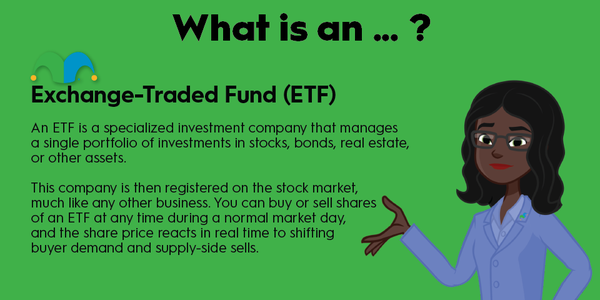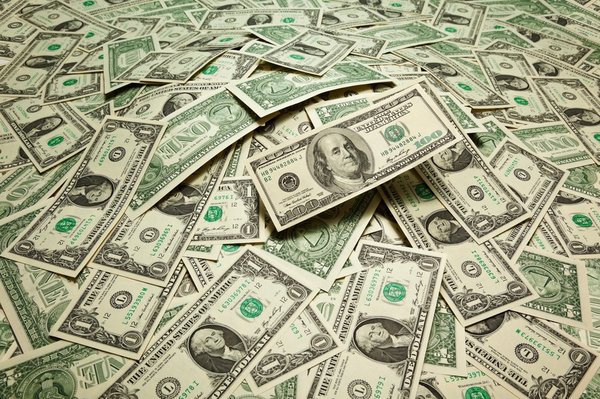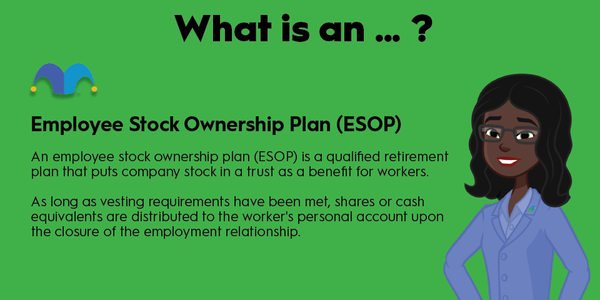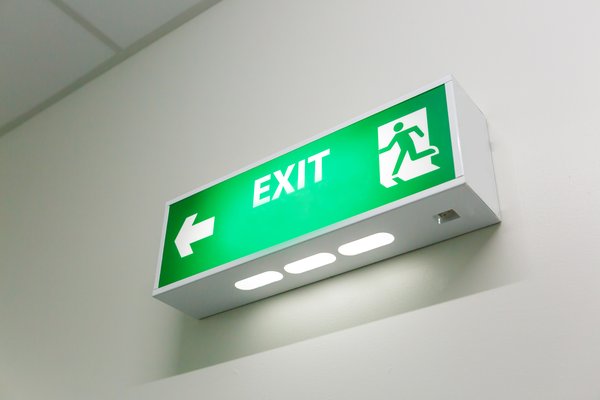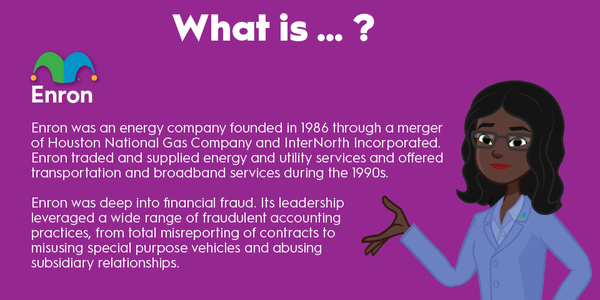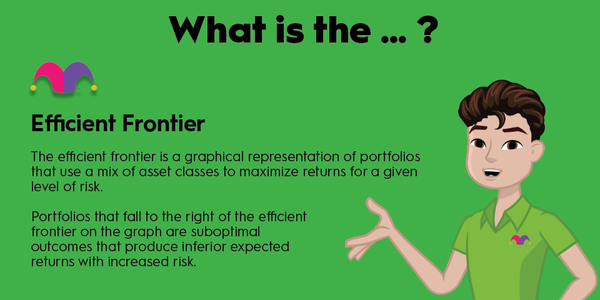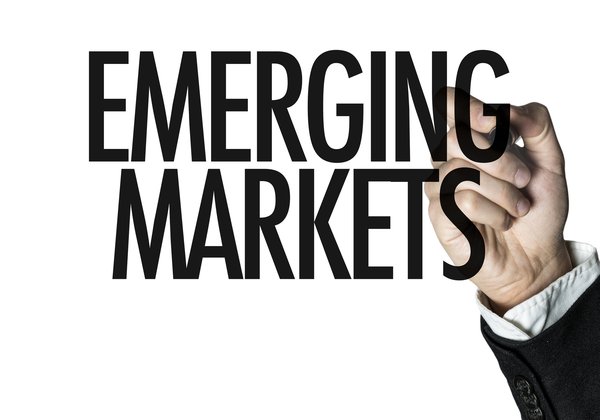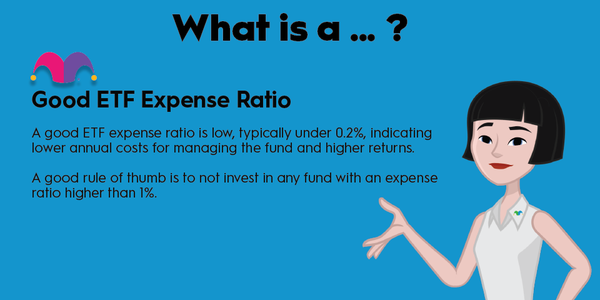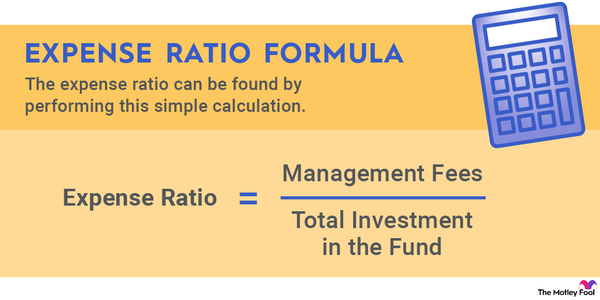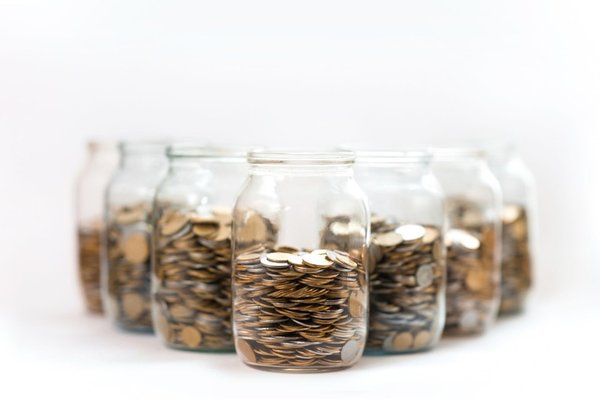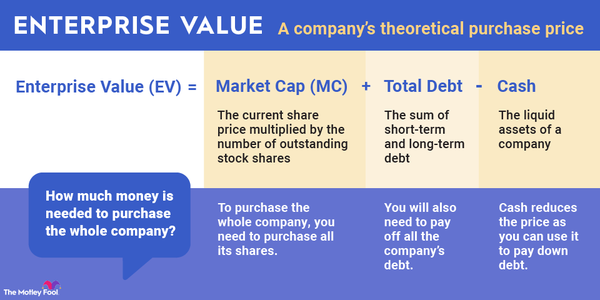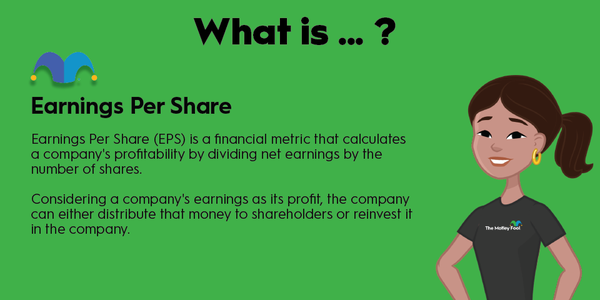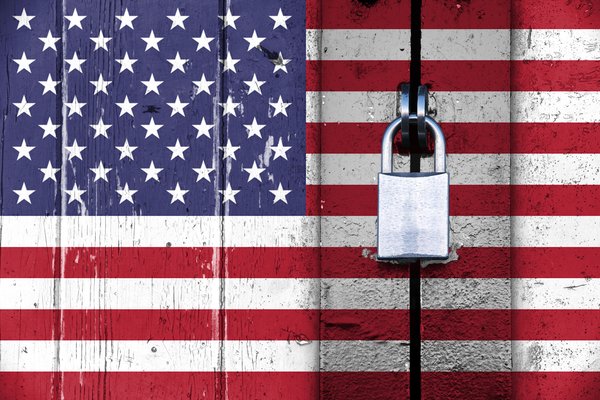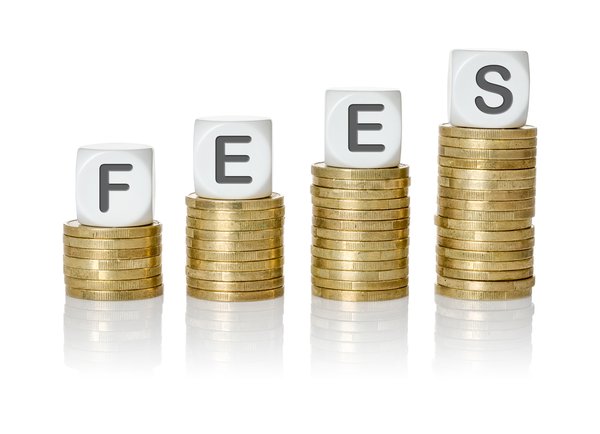Elasticity is an important economic concept that describes demand for a good or service based on its price. Demand for elastic products, such as air travel or luxury goods, goes up if their price decreases and goes down when they increase in price.
The opposite is true for inelastic products, such as medicine or staple groceries, for which demand is generally constant regardless of price. We'll explain more about the nature of elasticity in finance and the types of elasticity and provide examples of elastic and inelastic goods and services.
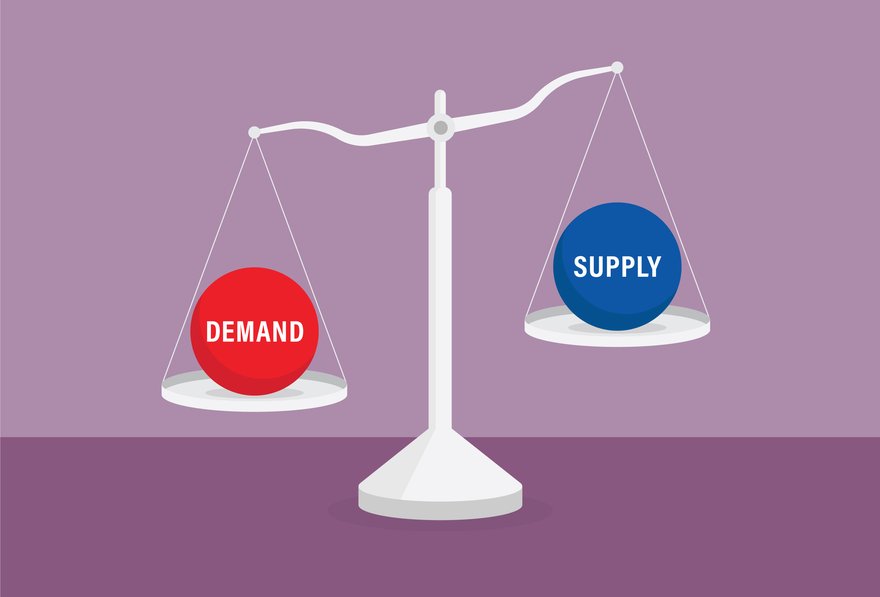
Definition
What is elasticity in finance?
Simply put, elasticity in finance measures consumer response to price changes. If prices go up and demand decreases, you're looking at an elastic product or service. If prices go up or down and demand stays the same, it's probably an inelastic product or service.
Elasticity is especially important for investors. A company that specializes in inelastic products will likely be a relatively steady investment, regardless of economic conditions. Meanwhile, companies with elastic goods and services will likely be a much more volatile -- but probably more lucrative -- investment as the economy waxes and wanes.
Obviously, pricing will have an effect on corporate revenue. However, pricing isn't the only factor that affects the elasticity of demand. The quality of a good or service, its availability, and customer service can all influence demand. More recently, inflation has brought the concept of substitutions to the forefront, as cash-strapped consumers who need products considered inelastic, such as groceries, have traded brand-name products for generics.
Types of elasticity
Types of elasticity
There are four basic types of elasticity:
- Price elasticity of demand. This is the most commonly described type of elasticity. It measures the change in demand that's caused by a change in price.
- Price elasticity of supply. The price elasticity of supply measures how the quantity of a product changes as its price changes. The most common example of this is the supply of oil, which is generally reduced as prices fall.
- Income elasticity of demand. This type of demand is based on consumer income. During a recession, for example, fewer luxury automobiles are sold because consumers have less discretionary income.
- Cross-price elasticity. Elasticity doesn't happen in a vacuum, and cross-price elasticity measures the effect of price changes for one type of good or service on another good or service. This type of elasticity is particularly relevant when looking at substitutions.
Examples
Examples of elasticity
Almost any product or service can be classified as elastic or inelastic. As the 2007-09 financial crisis deepened, one of the most elastic examples occurred when an already struggling airline suffered an $85 billion decline in revenues. Airline stocks plunged 68% between January 2007 and March 2009.
Major U.S. based-carriers, including the predecessor airlines for United Airlines (UAL 0.35%), American Airlines (AAL -0.41%), and Delta Air Lines (DAL 0.36%) reduced capacity by at least 10% in 2008 and followed it up with another 4% in reductions in 2009. Southwest Airlines (LUV -0.43%) posted its first quarterly loss in 17 years.
Although the industry eventually rebounded, the string of economic calamities, which ranged from the Sept. 11 terror attacks to soaring fuel costs, prompted five major mergers in the wake of the Great Recession.
Related investing topics
On the other end of the scale, one of the most inelastic products known is insulin, which is used to treat diabetes. The life-saving medication is primarily made by Eli Lilly (LLY -0.14%), Sanofi (SNY -0.31%), and Novo Nordisk (NVO -0.86%). Between 1996 and 2017, the price of a vial of insulin manufactured by Lilly rose from $21 to $275 – an eightfold increase, even after inflation.
Although the Biden administration won passage of legislation that capped the price of insulin for people enrolled in Medicare, the federal health insurance program for seniors and the disabled, sales of insulin have remained generally steady even as prices have risen, illustrating its inelasticity.
